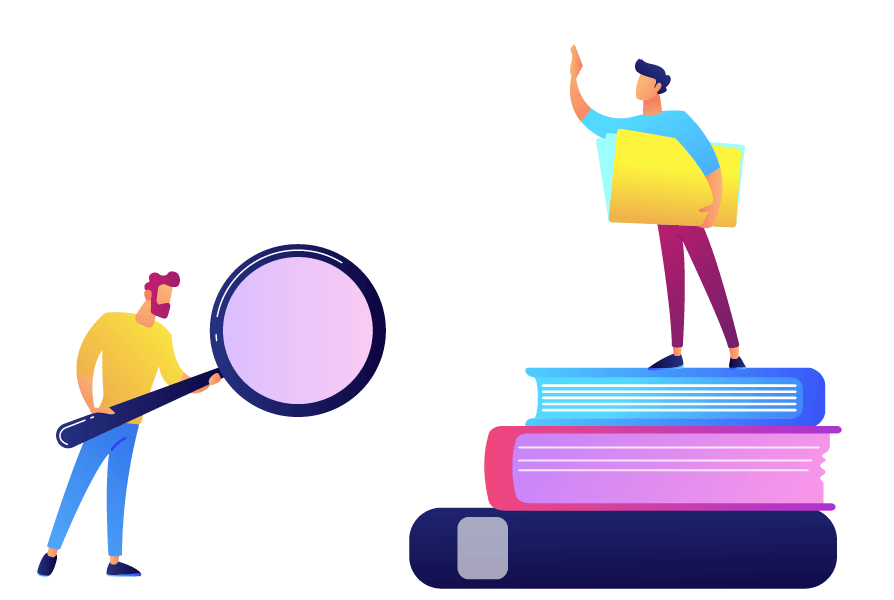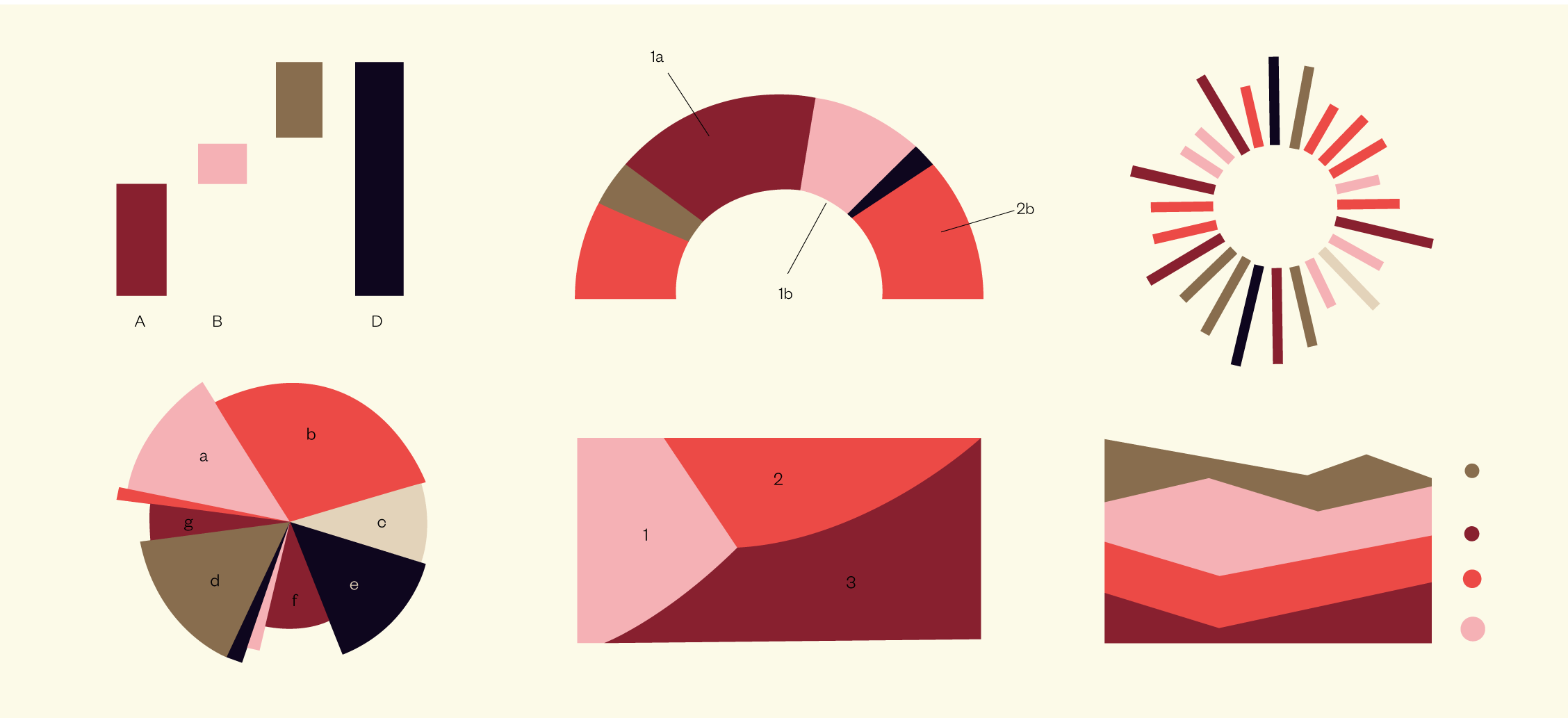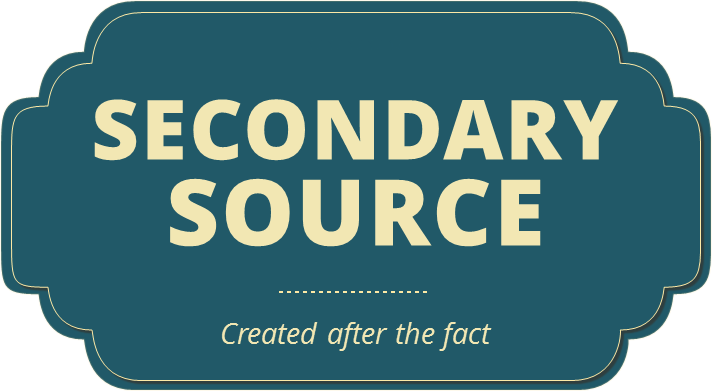Research and Computational Thinking

Primary Research
The team sent out two surveys and conducted two focus groups to gain vital research for our project. The purpose of the first survey, which was sent out to students, faculty, and parents in the Newtown High School (NHS) community, was to help identify the target market for our project, as well as to scope out interest for features we were thinking of. The first focus group, which was a discussion with students from NHS and surrounding communities, held a similar purpose. The second survey (also sent out to the NHS community) served to identify problems students faced with textbooks, as well as what students like about textbooks, to possibly help spawn new features for Sprout and make sure we weren't taking away from the experience of textbooks. Finally, the second focus group explored a teacher's perspective on Sprout. All of this primary research was fundamental in forging our final project idea. Both the surveys and the focus group recordings can be found in the attachment.
The specific target market for our project was a matter of great deliberation. The main debate was whether or not to focus our general idea of a text-scanning device towards a specific application or market (primarily textbooks/students), or to leave it as a general device that can be used for a variety of applications and markets. Ultimately, as is probably evident, the team chose to focus on textbooks. However, we firmly hold that the fundamental basis of Sprout - a device that scans any sort of text and allows you to interact with it further - can be expanded to almost endless opportunities. Just within the textbook application there are countless features that can be added. This demonstrates how Sprout truly is an evolving product. The team relied on data collected through primary research in addition to team discussions in order to take this position of a target market for students that could possibly be expanded to other markets over time. In our first survey, we included a question asking whether or not the respondent would be interested in a text-scanning device for a specific application or to keep it all-purpose. Moreover, we followed up that question with, if you answered a specific application, what application would that be. The results of the survey proved to be a blow for those in the team advocating for a textbook application. Out of 105 respondents, 84.8% answered they would prefer to see the device all-purpose, while 15.2% answered specific application. With regards to the second question, a variety of interesting applications were submitted by respondents, including for medicine/public health and for music (reading sheet music), however the majority said they would like to see the device applied to education/textbooks. An interesting application that arose was for special education as well, a group that would certainly benefit if we went the textbook route. So, why did the team choose to focus on textbooks if the survey results seemingly went against it? For one, in our first focus group, when the team member conducting the discussion asked about whether the group would prefer to see a text-scanning device as specific to an industry or all-purpose, the group seemed to lean towards education/textbook-specific, as we discussed features related to that with little interest in other applications. Granted, the group was made up of students. But, in our first survey, 40.5% of respondents were faculty/staff, so this bias must be taken into account as well when thinking about why all-purpose won out in that survey. Another factor as to why we decided to focus on textbooks is that we, the team designing this product, are students, so we could use our own experience and frustrations with textbooks to design a truly effective product. Finally, the group unanimously agreed that a textbook-specific product would be overall better organized and effective for this specific Skills21 project. All of these factors played into the decision to hone in our target market on students through focusing our product on textbooks. However, as stated previously, the group did not give up on eventually expanding the technology Sprout uses to other applications.
Attachments

Visual Data
Pictures related to the surveys, as well as small comments about them, can be observed in the attached document.
Attachments

Data Analysis
Data analysis has been sprinkled throughout the profile, however in this section we will clean up what's left. For our first survey, the first question presented a variety of features a possible text-scanning app could offer. This included: 3D models/animations in AR, automatic definitions for key words, generated notes/important information pages, related video links, related website links, related words and places, any information associated with a phone number (if you scan one in), and then the respondent could also enter a custom feature in. Note that for this survey, we did not specify that this text-scanning device would be applied towards textbooks and educational material, but we certainly opened up that possibility (recall that this survey was to scope out our target market as well). For our feature feedback, what got the most support was the generated notes/important information pages, with 65.4% of respondents saying they would like to see the device contain it. Runner-ups were 3D models/animations in AR, with 56.1% of respondents supporting it, and automatic definitions for key words, with 43.9% of respondents supporting that feature (respondents could support multiple features, so this is why these percentages together go over 100%). All of the features had support, but not as much as these top three (specific numbers can be observed in the visual data section). Also, three custom responses were inputted, including "matches" for previous searches (scanning a park name brings up other parks you've visited), sheet music scanning support, and a graphic organizer or outline generator for writing papers. Ultimately, this survey supported our assumption that those more complex features of our product that interact with the text and perform a cumulative function with them garner more support than more "simple" features (i.e. bringing up related video links). However, we still acknowledge that including both these more complex features and the "simple" ones would create a well-rounded, extremely helpful product.
Our first focus group discussion was one that was definitely helpful and informed a variety of components of our product. While many topics were touched on, one particular discussion that directly informed a component of our product regarded what sources Sprout gathered. A couple of students in the group raised the interesting question of exactly what websites Sprout would present to the user, and if there would be a benefit to filter these websites. Such problems were raised as biases with current political events and unhelpful sources being recommended. Ultimately, what the group talked about and what we ultimately chose to do for this particular problem is to filter results according to specific, educational websites we as the developers program into the app. For example, if Britannica was the only source we would program into the app, the app would then only present Britannica sources. Of course, we would have more than one source, but through this method unhelpful and possibly biased (all of the sites we program into the app would have to be completely educational and as non-biased as possible) sources could be weeded out, and the user would have a better experience. Plus, this is another point that separates Sprout from being the same as just looking up something, as Sprout would present to you trusted sources the user could fully benefit from. This sort of process is also something that would be applied to related videos as well (programming in specific YouTube channels). Overall, this focus group discussion was one that was certainly valuable as the team made this change to our product, and also received genuine feedback that this product would be something students would enjoy and especially pay for (which opened the team up to start thinking about how this product may be financed, something that is described in more detail in other sections).
Our second survey less led to direct changes to our vision of Sprout but instead further justified many of its features and gave us more confidence in our design. For this survey, we presented three open-ended questions to respondents: "What do you love about textbooks (if anything)?", "What is your biggest frustration with textbooks? In other words, what do you really hate about textbooks?", and "What do you wish textbooks or a textbook-comprehension device provided?" A variety of different responses were provided to each question, but here we outline some common themes the team observed. On the first question, a lot of respondents seemed to enjoy the information textbooks provided, with people praising its reliability and accuracy. Moreover, some people enjoyed the physical paper aspect of textbooks, while others enjoyed the practice problems and pictures they present. All of these are aspects that Sprout seeks to preserve and further enhance. Sprout does not generate brand new educational material from a textbook; instead, it takes in the rich material people seem to enjoy from textbooks and just provides further resources related to that material. Therefore, in this way Sprout will not interfere with the actual information textbooks present. Additionally, as is touched on in the competitors section of the profile, Sprout is excellent in that it maintains that paper aspect of textbooks while also opening them up for more interactive, digital-based features. This is sure to please anyone who likes the physical aspect of textbooks and doesn't like staring at a screen to read. Finally, the practice problems some seemed to enjoy is yet another thing Sprout will build on through its own generated practice quizzes and problems. Responses to the second question were very helpful, as they directly pointed out negative aspects of textbooks that Sprout addresses clearly. Some common themes among responses here were that textbooks were too heavy and dense (both physically and content-wise), sometimes they were outdated or did not correlate to class content, and interactivity for those who don't learn through text was limited. As one respondent put it, textbooks are "Heavy, thick, inconvenient, large, wordy, boring, must I go on?" To address the problem of physical bulkiness, Sprout relies on a feature that hasn't been discussed much yet on the profile: storing previous searches and scan queries. With this, a user could scan a page and then access all of those extra resources that were provided to them again through the app by looking at a sort of "scan history." This was something the team briefly talked about, but these survey results definitely demonstrated its importance. Using this feature, a student does not have to lug their textbook around everywhere if they don't wish to; they can scan the page and then just easily refer to those resources on their phone. Regarding dense content, outdatedness, and limited interactivity, it is clear how Sprout addresses these problems. By referring to the Internet, which is constantly updating, Sprout will always present relevant information, and in a way that is simple and boosts interactivity through multiple mediums (video, models, etc.). Finally, for the last question, the general gist of responses related to increased simplicity, greater accessibility, and engaging activities and practice problems that would be beneficial for students. As we're sure you've seen already, Sprout addresses all of these aspects head on. Ultimately, the second survey was crucial in providing more data points demonstrating that people would be genuinely interested in what Sprout offers.
To round off this rather large and dense data analysis section (perhaps you're wishing you had Sprout currently to "de-densify" this section...), we will present the key takeaways from our second focus group, which was a discussion some team members and Ms. Violette had with an NHS math/computer science teacher, Ms. Murphy. As with our first focus group, the discussion went towards a variety of directions, but two notable talking points that led to direct changes in Sprout's structure and future were the configuration of notes and how Sprout interacted with different school subjects (math, history, etc.). Ms. Murphy particularly expressed interest in the auto-generated notes Sprout offers, and with this she suggested that we explore more options relating to note configuration. From this, we discussed how Sprout could present to users a variety of different options for notes, allowing them to choose what would be best for them through the settings menu. These different options could be notes more in a bulleted-form, key ideas in bubble blocks, or full-on paragraphs, to give a few examples (the outline idea entertained in the secondary sources section can also fit in here). Furthermore, this would demonstrate to users many different ways to take notes so that they may model their own notes for different media off of what Sprout offers. With this, the discussion springboarded to talking about how Sprout may approach different schools subjects. Generating notes for a math class is going to wildly different than for a history class, as Ms. Murphy pointed out in the focus group, so this provided another aspect the team needed to incorporate into Sprout's infrastructure. What the team decided to do is tailor the app so that it may recognize the specific subject the textbook is on and then provide relevant activities and notes based off of that. For example, if a student scans in a mathematics textbook page, Sprout may recognize the mathematical characters and thus suggest more practice problems and block-based notes pages based off of formulas and problem solving. On the other hand, if a user scans in a text-dense history textbook, Sprout would present more open-ended questions and bulleted/paragraph notes pages. This is something we would continue to tailor as usage increases and feedback from users come in. Ultimately, the team greatly appreciated receiving teacher feedback from Ms. Murphy, which made us more cognizant of different essential components of Sprout's infrastructure.

Secondary Research
A variety of secondary sources were utilized to help identify the problem the team chose to solve and how the team would address it. For example, an Edutopia article titled "When High School Students Struggle with Textbook Reading" was useful in identifying how students struggle with textbooks, and how our product could address these struggles. In the article, three main problems students have with textbooks are identified through Edutopia's research over five years using interviews and observations: students don't feel the need to read textbooks because it's easier for them to just listen in class, students often don't recognize that they aren't truly learning the information they are reading and are just passively skimming through the text, and finally the dense nature of textbooks often dismay students from reading them in the first place. Focusing in on these three issues helped the team hone in on the features necessary for Sprout, and how Sprout could be genuinely useful for students. Regarding the first issue, the team realized that Sprout needed to provide something further for students when they read textbooks so that they don't just skip out on it and only do classwork. This supported the generated notes page feature. With this, students can interact with the content on the page and gain something valuable from it with a notes page. An interesting feature could perhaps be Sprout generating a notes page that is an outline with fill-in-the-blanks. This could allow for further interaction with the text and the services Sprout offers. As seen in this example and many more throughout the project, Sprout simply has endless opportunities for features. Sprout addresses the second issue with generated quizzes that students can engage and test their knowledge with. These quizzes would be based off of the generated notes pages, and, as said before, would allow students to truly assess whether they are just mindlessly reading the textbook or actually taking in the information. Finally, to address the third problem outlined in the article, practically all of Sprout's features help to "de-densify" textbooks and provide another avenue for students to interact with the content textbooks provide if reading proves unhelpful. A feature that comes to mind is the AR modeling that Sprout provides; if a student scans in a picture of a graph, for example, Sprout can produce an AR model that walks through the components of the graph and how the graph is formed. This allows students to more easily understand what that graph is showing rather than them just reading a small caption and remaining confused. Granted, for this feature to be truly effective Sprout would have to have specific capabilities with specific textbooks (as it would prove extremely difficult to provide an interactive experience like this with just the image), and this opens up the idea of textbooks marketing interactive images with Sprout. As seen in this analysis, the team was able to extract valuable information from secondary sources like the Edutopia article on top of the information they gained from primary research. Other secondary sources the team utilized include a University of North Carolina at Chapel Hill article about reading textbooks effectively and a Sciencing article titled "What to Do When You Don't Understand the Textbook." Links are provided in a document attached. Of course, secondary sources were also utilized in other components of the project apart from research concerning the idea itself, such as researching competitors and research for the Project Value Template. These sources are explained in their corresponding sections.
Attachments

Coding
Code and respective explanations can be found in the attached prototype document (identical to the document in the prototype section).

